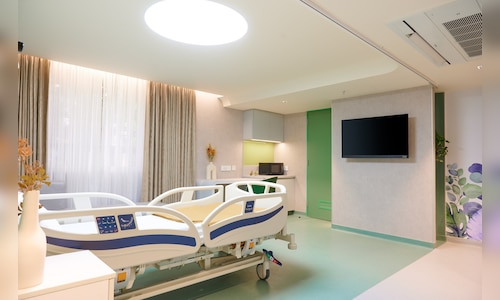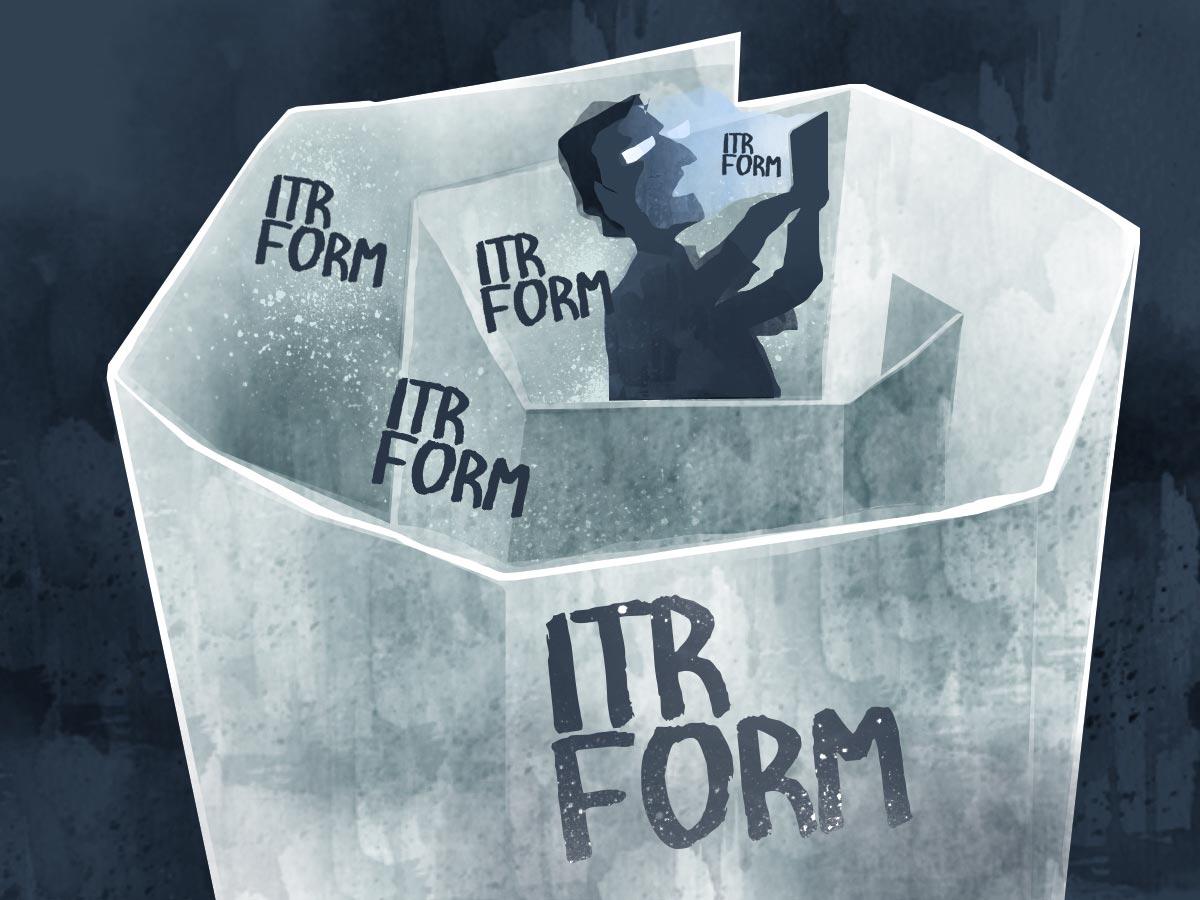Speaking to CNBC-TV18, BS Ajaikumar, Executive Chairman of HCG, said, “We believe the new or emerging centers will catch up, and we expect our margin to be in the low 20s this year. We hope to touch a margin of at least 20% in FY26.”
The company’s urban centres are driving high ARPOB (average revenue per occupied bed), with figures nearing ₹1 lakh in Ahmedabad and Bangalore. Mumbai operations have also gained traction, especially the South Mumbai centre, which reported over 40% growth, while Borivali turned profitable with EBITDA margins crossing 20%. “We see tremendous growth opportunity in Mumbai,” Ajaikumar said, adding that the company is setting up outpatient infusion centres as part of a hub-and-spoke model in the region.
While overall bed occupancy levels may stay flat, HCG’s ARPOB continues to grow steadily. Ajaikumar said ARPOB is now around ₹45,000 and is growing at 3.5–4% annually. The company is planning to add nearly 900 beds this year, but most of the revenue growth is expected to come from daycare treatments and outpatient services, which now account for 65–70% of overall sales.
“Most chemotherapy is day chemotherapy. Radiation is all day therapy. It is only the surgeries and people hospitalised due to complications that stay longer,” Ajaikumar noted, emphasising HCG’s shift toward outpatient-driven care as part of its long-term strategy.
On competition in Mumbai from new players like Adani Healthcare, Ajaikumar said HCG’s strength lies in being a focused oncology centre. “Outcomes are best when patients go to dedicated oncology centres,” he said, adding that HCG continues to see rising footfalls, referrals, and second opinions due to its specialisation.
On the ownership front, Ajaikumar confirmed that KKR’s acquisition is in progress and should be completed in the coming weeks. He said there are no changes to his personal stake and that formal announcements will follow once the transition is finalised.
Below is the verbatim transcript of the interview.
Q: Wanted to start by talking about the ARPOB, or the average revenue per occupied bed. That’s up 3.5%, but occupancies of beds dipped by around 200 basis points in the March quarter (Q4FY25). Is that because the average length of stay is reducing, or your outpatient medical solutions are increasing? Can you give us a reason for this?
Ajaikumar: Going forward in oncology, the average length of stay is going to come down. At HCG, we are very proud that the average length of stay is reducing, and most treatments are becoming outpatient. So, we usually go by footfall and growth, which we expect to continue. As we add new beds in different areas, our bed strength is going to increase, but occupancy may remain stable or increase minimally. As we move forward, the majority of the therapy will happen on an outpatient basis, which is actually good for the patients, and in the long run, it also brings more efficiency within the system.
Q: You’re saying occupancy remains the same or, at best, declines a couple of percentage points. How much are chemo and LINAC utilisation as a proportion of your sales? How much is outpatient revenue as a proportion of your sales? And if occupancies are likely to reduce, then I suppose outpatient revenue will increase, right? So, what’s the contribution right now?
Ajaikumar: The outpatient contribution is significant. It may be in the range of about 65–70%. When you look at even chemotherapy, most of it is day chemotherapy. Radiation, of course, is all day therapy. It is only the surgeries and people who are hospitalised due to complications that stay longer. At HCG, we are very proud that we don’t have too many complications.
In oncology, it’s very important to focus more on outpatient care, day chemotherapy, and even day surgery. For example, in our robotic surgery cases, patients go home in three to four days. That is our objective in improving quality of care. When outcomes are measured, this is what we are very proud of.
Going forward, of course, we are going to increase our bed strength, nearly 900 beds in the coming year due to new centres and expansion. But at the same time, our occupancy percentage will not significantly increase.
Q: Give us a sense of how your specific regions performed, Borivali and South Mumbai, where you’ve set up operations. Tell us about the occupancies, ARPOB growth, and the overall performance in these two centers specifically.
Ajaikumar: South Mumbai and Borivali have done extraordinarily well this year, particularly this quarter. In fact, South Mumbai, where we had some issues earlier, has grown significantly, over 40%. Borivali is also profitable, and the EBITDA margin has improved to over 20%. These are some of the positives. We see tremendous growth opportunity in Mumbai. We have taken a lot of measures. Compared to the time we entered Mumbai, we are now in a very strong position to take a leadership role in the private healthcare sector there. We are even creating a hub-and-spoke model, setting up outpatient infusion centers. We have a lot of plans for the Mumbai region to grow. Our ARPOB in Mumbai is over ₹70,000.
Q: On an overall basis, what kind of ARPOB and margin, along with revenue guidance, can you give us for FY26? Because you’ve said occupancies will remain stable or maybe decline by a couple of percentage points. What does that do to your overall performance?
Ajaikumar: Occupancy may not decline, but it may not grow significantly. However, our ARPOB is showing growth of 3.5–4%. We are currently at about ₹45,000, and it will continue to grow. In urban areas, our ARPOB has improved significantly. For example, in Ahmedabad and Bangalore, we have an ARPOB almost reaching ₹1 lakh. This will continue to grow, with a healthy margin. The established centers have a healthy margin, over 25%. We believe the new or emerging centers will catch up, and we expect our margin to be in the low 20s this year. We hope to touch a margin of at least 20% in FY26.
Q: The reason I’m asking about your Mumbai market performance is because competition is increasing quite a lot in that space. For example, there are hospitals coming up in Thane. Adani Healthcare has launched, and they are looking to launch a hospital in Kandivali. In that context, with competition and the number of beds increasing, how are you creating a roadmap to address the competition? How do you view it?
Ajaikumar: Our HCG model started as a focused factory, very specialty-oriented. One thing was very clear, we are looked upon as a destination for oncology care outcomes. As an oncologist, I can confidently say that outcomes are best when patients go to dedicated oncology centres. Because of that, our referral patterns and footfall continue to increase, despite multi-specialty hospitals starting their own oncology centres. So, we are very confident in our growth strategy. For example, in Borivali, we see significant growth upside going forward. There is an enormous population base, and the types of cancer we treat make us a destination centre. Most of our cancer patients come for tumour boards, second opinions, and many are recurrences. We’re also seeing significant numbers of new patients. As we publish our outcomes, that will also bring in more patients. We believe cancer awareness is increasing, and the number of patients is significantly increasing in urban areas. So, our growth strategy is very much in place.
Q: KKR has taken over. Any kind of synergy or integration you can talk about? CVC still holds a stake, anything in terms of monetisation or remaining stake?
Ajaikumar: I am staying with my current percentage. I’m not changing that. As far as KKR is concerned, we’ve announced, the transition is happening. Hopefully, in the next few weeks, the whole process will be completed. Of course, we will make the necessary announcements once everything falls into place.




